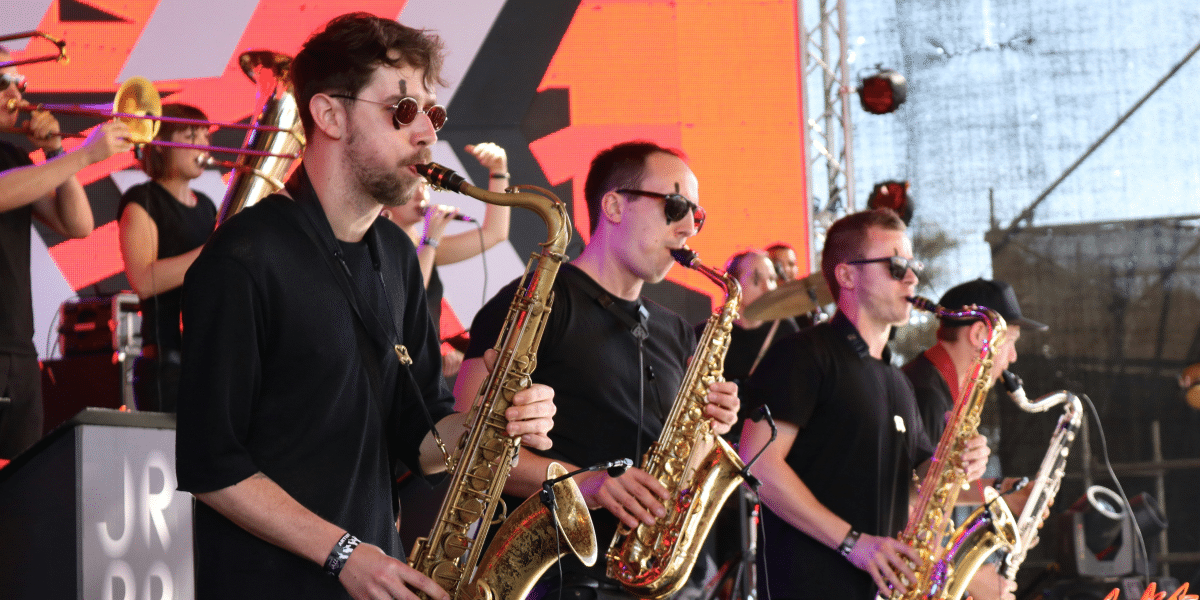Before cable cars and tech booms, a different San Francisco thrived – a raucous world of saloons, shanghaiing, and fortunes won and lost overnight.
SAN FRANCISCO, California – Modern-day San Francisco glitters with tech innovation and Michelin-starred dining. But rewind to the 19th century, and the city’s beating heart was the infamous Barbary Coast, a name synonymous with drunken brawls, brazen exploitation, and an insatiable thirst for both riches and release.
Where Sin Was Welcome
The Barbary Coast centered around what are now the bustling streets of Chinatown and the Financial District. Its heyday coincided with the Gold Rush era:
- Port of Call: Sailors flush with gold dust – or desperate to escape their ships – surged into the area’s saloons, gambling dens, and brothels.
- A City Under Construction: San Francisco’s explosive growth meant flimsy buildings and lax law enforcement, making it the perfect playground for vice.
- Diverse and Dangerous: Miners, sailors, and fortune-seekers from every corner of the globe mingled with criminals, con artists, and women working to survive in a male-dominated world.
Saloons: More Than Just Drinks
The Barbary Coast saloon was the district’s cornerstone:
- Watered-Down Whiskey: Drinks were often adulterated to maximize profits or laced with drugs to render patrons easy prey for thieves.
- Gambling Central: Faro, poker, and rigged games of chance lured men in with the promise of striking it rich, only to leave them penniless.
- “Shanghaiing” Hub: Unsuspecting drinkers might get knocked out and wake up forcibly “recruited” onto ships desperately short on crews.
- Entertainment Extravaganzas: Some saloons boasted dance halls, raucous variety shows, and even staged bare-knuckle boxing matches.
Opium Dens: Escape and Exploitation
Away from the boisterous saloons, opium dens offered a different kind of escape. These dimly lit establishments catered to all classes:
- Chinese Roots: Opium smoking, brought by Chinese immigrants, was initially less stigmatized than in other parts of the country.
- Grim Refuge: Dens offered respite for laborers enduring harsh conditions, and for those ruined by gambling or other vices.
- Fueling Addiction: While initially seen as less harmful than alcohol, the addictive nature of opium led to ruined lives and fueled anti-Chinese sentiment.
Women of the Barbary Coast
Women navigated a treacherous landscape, their roles complex and often overlooked:
- Prostitution: The most widespread profession, ranging from brazen street solicitation to high-class madams catering to the wealthy.
- Dance Hall Girls: They earned a living dancing with patrons and encouraging them to spend money on drinks.
- Entrepreneurs: Some women found niches as fortune-tellers, boarding house owners, or even successful madams, achieving a degree of autonomy in a ruthless world.
- Vulnerable and Exploited: The vast majority led precarious lives, subject to violence, disease, and the whims of powerful men.
Dangerous Glamour
The Barbary Coast held a strange allure, even for those who condemned its vices:
- “Slumming Tours”: Wealthy San Franciscans and thrill-seeking tourists ventured into the district, mingling danger with a sense of forbidden adventure.
- Newspaper Fodder: Scandalous tales from the Barbary Coast fueled newspaper sales, fueling both outrage and a degree of fascination.
- Mythologized in Memory: Pulp novels and Hollywood later exaggerated the Barbary Coast’s exploits, blurring the line between history and legend.
Reform and Rebirth
Calls for morality and order grew louder towards the end of the 19th century:
- Missionaries and Moralists: Religious figures railed against the district, establishing missions to aid fallen women and down-on-their-luck men.
- Changing Demographics: As families flocked to San Francisco, tolerance for the Barbary Coast waned.
- The Final Blow: The devastating 1906 earthquake and fire wiped out much of the district. While some establishments relocated, the Barbary Coast as a concentrated entity was over.
Legacy of the Barbary Coast
The Barbary Coast echoes in modern San Francisco:
- Architectural Hints: Some salvaged buildings, now housing respectable businesses, subtly hint at the area’s wild past.
- Plaques and Markers: Look for historical markers detailing the locations of infamous saloons or the exploits of colorful characters.
- Gritty Spirit: San Francisco’s tolerance for the unconventional and its embrace of reinvention arguably owe a small debt to the untamed energy of its earliest days.
The real Barbary Coast was more complex than its lurid reputation suggests. It was a product of its time—a dark underbelly of Gold Rush frenzy, social upheaval, and desperation. Its echoes remind us that even the most polished cities hold whispers of a wilder past.












